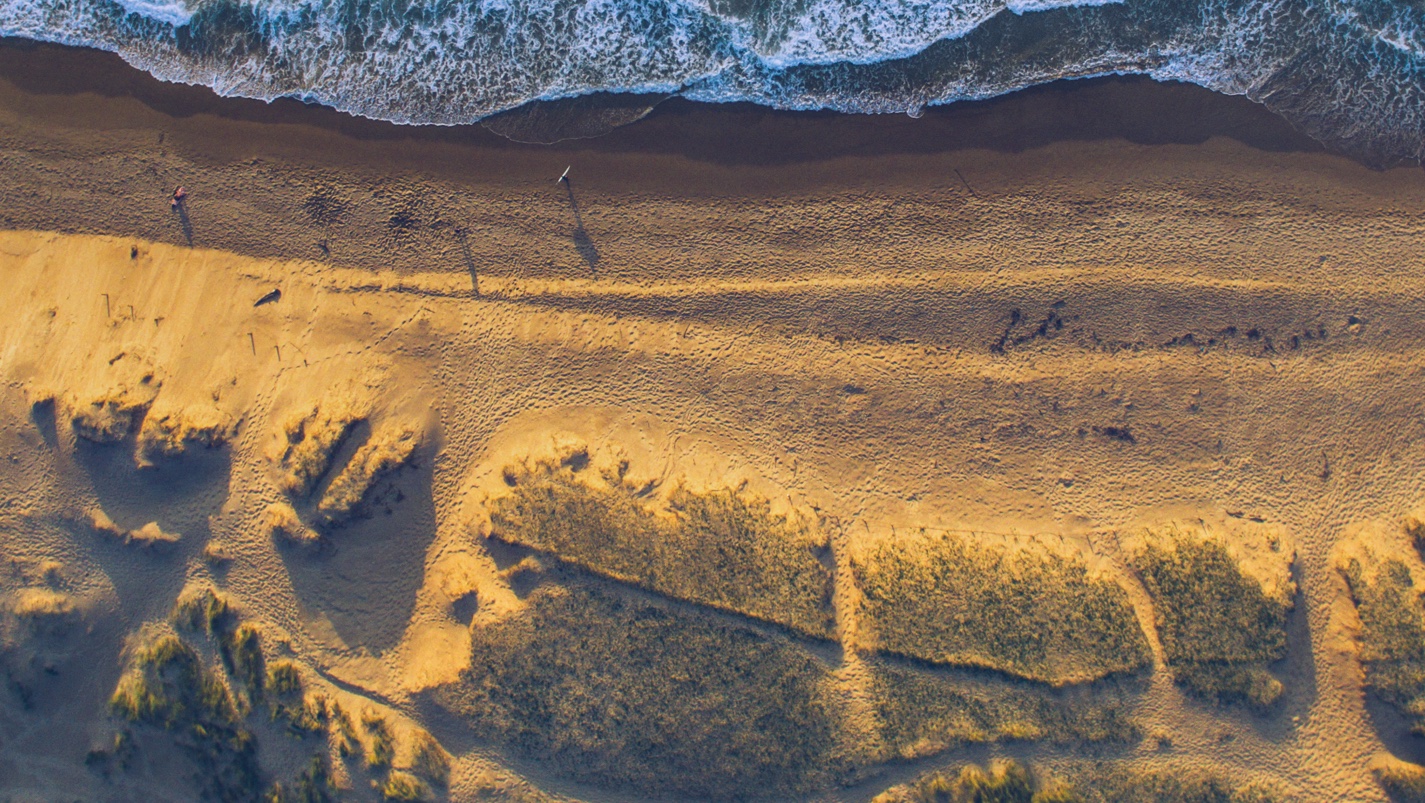Discover the Splendour of Potsdams Parks and Palaces
Potsdam, which lies south-west of Berlin, has a lot to offer visitors, notably its spectacular UFA Film Studio (currently known as the Babelsberg Studio) – the oldest and largest in Europe – the Einstein Tower, designed by architect Erich Mendelsohn, and the city’s unique Dutch Quarter. However, the standout feature of this city is its beautiful, splendid parks and palaces, which led some of them to be listed as a World Heritage Site by UNESCO. We take you on a tour of these fabulous gems, some of which are worthy of the great Versailles itself.
Sanssouci Park – the Jewel in the Crown
Just over a half-an-hour’s ride on public transport from Berlin lies Sanssouci Park, featuring what for many might be termed the German Versailles, which draws thousands of visitors each year. The precinct houses a large number of parks and palaces, each of them more beautiful and surprising than the next. The artificer of this ensemble was Frederick the Great who, in his endeavour to find a place where he could get away from the pomp of the Berlin Court, hit upon this wonderful spot and commissioned what would become an idyllic retreat. The very name of the park is a statement of intent as it reveals the monarch’s penchant for French culture. It is derived from the French term,sans souci,meaning “without worries”.
Among the major landmarks in the park is the Sanssouci Palace, built from 1745 to 1747 and designed by the architect, Georg Wenzeslaus von Knobelsdorff. Noteworthy areas in this crowning work of the Rococo are the Marble Hall, inspired by the Pantheon in Rome, the delicately ornamented Music Room and the Library, which needless to say contains the works of such French writers as Voltaire, a friend of Frederick the Great, who was also a great admirer of his.
In addition to this fabulous summer palace, the park also features other equally unique landmarks commissioned by Frederick the Great and his successors. One such construction is the Chinese House (Chinesisches Haus), a clover-shaped pavilion of eastern inspiration, which was very much in vogue at the time, the Orangery (Orangerieschloss), with towers affording splendid views over the park, the New Palace (Neues Palais), commissioned by Frederick the Great to commemorate the end of the Seven Years’ War, and the Picture Gallery (Bildergalerie), boasting works by artists of the likes of Correggio, Rembrandt, Rubens, Anthony van Dyck and Antoine Watteau.
Potsdam’s “New Garden”
In the north of Potsdam lies the Neuer Garten (New Garden), another large park of which the highlight is the Jungfernsee lake. A must-visit is the Marmorpalais (Marble Palace), the summer retreat of Friedrich Wilhelm II, featuring a stunningly ornamented interior which has left more than a few visitors awestruck. Also sited here is the Cecilienhof Palace, a rural palace in Tudor style. It went down in history as being the location of the Potsdam Conference, held during the last few months of World War II.
Reopening Babelsberg Park and Palace
After remaining closed for seven decades, Babelsberg Park and Palace is now decked out to welcome visitors. To mark this long-awaited reopening, from 29 April to 15 October an exhibition will be held as a tribute to Prince Hermann Ludwig Heinrich von Pückler-Muskau, a landscape gardener and artificer, among others, of this park and these gardens. The exhibition will be sited in Babelsberg Palace. Built as of 1833 as the summer residence of future Emperor William I and his wife, Augusta, it was designed by Karl Friedrich Schinkel according to the stylistic tenets of English Tudor. The large park, for its part, was designed by Peter Joseph Lenné, while in 1840 Prince Pückler-Muskau culminated the work by lending his own touch to the gardens.
Book your Vueling to Berlin and relish your tour of the marvels offered by the city of Potsdam.
Text by Los Viajes de ISABELYLUIS
Photos by Stiftung Preußische Schlösser und Gärten Berlin-Brandenburg
more info
Europe’s five best Christmas markets
Discover Europe’s most magical Christmas markets. It’s something that’s worth doing with the family at least once in a lifetime! Just one tip – wrap up warm!
more infoVinyl Record Route Around Europe
How many times have you heard that vinyl records are dead? Some say CDs and then the arrival of digital music buried vinyl records. But this is far from the truth – vinyl records are making a comeback and it is still one of people's favourite music formats. On 12 August, the world celebrates Vinyl Record Day, to remember the date on which Edison invented the phonograph back in 1877.
Nowadays, major cities across Europe are full of shops and street markets where you can go shopping and add to your personal collection. Fancy buying new records? Then come with us!
Best clubs for electronic music in Europe
Electronic music and no clubs makes no sense. Every big city in Europe has a temple that thousands of faithful followers travel to every weekend to enjoy the best DJs of the moment. A common sight is groups of friends travelling to these places lured by the fame of the club or the name of a particular DJ. Here are our favourites to inspire you!
more info




